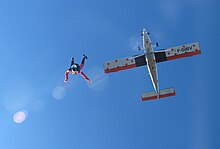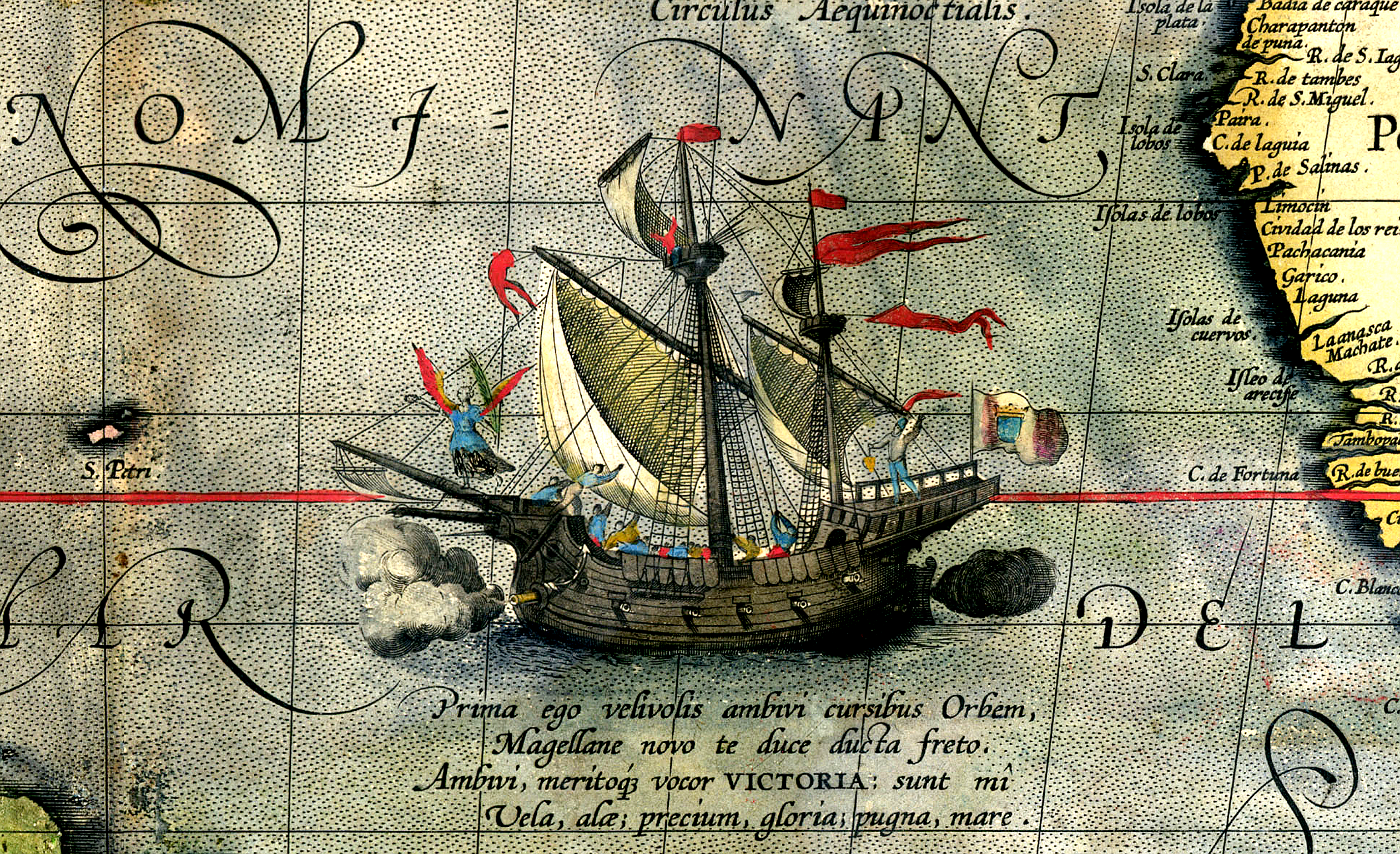* * * *
There’s a “whole new world” to explore – if you’re ready to read the Bible to expand your mind…
* * * *
Here’s a good start for the Introduction. To cut to the chase, the theme here is exploring the mystical side of Bible reading. In other words, about exploring your full potential in life.
(That “gasp” you heard was a Southern Baptist having apoplexy.)
In further words, too many Christians focus on what they can’t do. This blog focuses on what you can do. What you can accomplish by reading the Bible on a daily basis. (For more on that see What’s a DOR? Or check THE BASICS, for “What’s in it for me?”) Or for more on what the process can be like, see the post on “transcendent meditation.”
 But to sum it up, you might think of reading and learning about the Bible as something like taking a class in self-defense:
But to sum it up, you might think of reading and learning about the Bible as something like taking a class in self-defense:
Every martial art – judo, kendo, aikido, etc. – has its own forms, actions, procedure. Beginners must learn the kata and assimilate and use them. Later, they begin to create out of them, in the way specific to each art.
To expand the metaphor: A person who reads the Bible too strictly learns only a few limited kata. He learns the words, but not the tune. Or as the Bible says, a too-literal Christian never learns to “sing to the Lord a new song.” (See On singing a NEW song to God):
How can we do greater works than Jesus if we interpret the Bible in a cramped, narrow, strict and/or limiting manner? For that matter, why does the Bible so often tell us to “sing to the Lord a new song?” [As in Isaiah 42:10 and Psalms 96:1, 98:1, and 144:9.]
Put another way, a too-literal Christian learns the words of the Bible, but never learns to “create out of them.” And speaking of self-defense: The Bible can help “defend” against slick-haired televangelists who use the Bible for their own gain. (See 2d Corinthians 2:17: “For we are not like so many others, hucksters who peddle the word of God for profit…”)
On a related note, the Book of Common Prayer says all Christians are “very members incorporate in the mystical body of thy Son.” That’s based on 2d Corinthians 3:6, where Paul said “the letter of the law kills, while the Spirit of the law gives life.” (See also John 4:24, where Jesus said, “God is a Spirit: and they that worship him must worship Him in spirit and in truth.”)
Unfortunately, it’s much easier to focus on the corporate or “business” side of the local church.
Of course every church needs a corporate side. (The business side, the one that tends to mundane things like keeping the lights on and “outreach” to keep people coming in the door.) But each church also needs its mystical side, the side that helps individual parishioners find their own personal union with the Divine.
It’s so much easier to focus on the corporate side. But putting in the persistent, ongoing work to achieve “divine union” is much harder. Then too focusing too much on the corporate side is necessary, but tends to “kill the spirit.” Only the mystical or spiritual side of Christianity advances your spiritual journey. Only the ongoing exploration of the spiritual provides the ways and means to improve the quality of your earthly pilgrimage. And a BTW: To see how the words “mystic” or “mysticism” can give a Southern Baptist apoplexy, see A dame and a mystic. (From 2014, which shows my early style of blog-posting.)
* * * *
In other words, this blog says you develop more by reading the Bible with an open mind. (And sometimes even “suspending disbelief.”) Again, if you read it too literally, you’re only cheating yourself. (See On reading the Bible.) Or as a great philosopher once put it:
“Mind like parachute. Work best when open.”
 So the theme here is that the Bible was written to liberate us. It was written to help expand our minds and our horizons. It was not written to churn out more bland, think-alike Carbon Copy Christians. (Or “just more bricks in the wall…”)
So the theme here is that the Bible was written to liberate us. It was written to help expand our minds and our horizons. It was not written to churn out more bland, think-alike Carbon Copy Christians. (Or “just more bricks in the wall…”)
Another point: Imagine – just for a moment – that the Bible was written by people just like us. Imagine that it was written a long long time ago, by people with all the faults and failings we have today. Yet somehow, they discovered a personal union with God, the Force that Created the Universe.
And finding your union with God is what this blog is all about.
It’s kind of like “copying masterpieces.” To become a better artist, you first imitate the Old Masters, then after that you start developing your own unique style. So how will this blog help you find that Union With God?
Let’s turn to the metaphor that to you, the Bible is a “vast unexplored continent.” If you’re planning a trek into that vast continent, you’ll want a guide who’s already been there. That’s where I can come in. I started my first journey through the Bible 29 years ago, on July 14, 1992. Since then I’ve gone through it 14 full times. (I’ll be starting my 15th journey through the Bible on November 28, the First Sunday of Advent.) And in that time I’ve read through the Psalms and Gospels 45 to 60 times each.
For more on my credentials see The Scribe. But for now it’s enough to say the Bible opens up “a whole new world” to you. It’s like the whole new continent opening up after Lewis and Clark did their thing. I’ve done my Lewis-and-Clark exploring, a process continuing “even to this day…”
So, are you ready for your own Great Exploration!!??
* * * *

* * * *
A word about the normal format for these blog-posts: 1) a lead image, usually an old-timey painting, preferably by the likes of Rembrandt or El Greco; 2) the main text; 3) a bottom image, followed by; 4) notes and references like this, in Italics.
On that note, the upper image is courtesy of Age of Discovery – Wikipedia. The full caption reads: “Victoria, the single ship to have completed the first world circumnavigation. (Detail from Maris Pacifici by Ortelius, 1589.)” Another image in the article – a world map – showed the “Route of Magellan–Elcano world circumnavigation (1519–1522).”
Re: self-defense. The image is courtesy of Judo – Wikipedia. See also Right of self-defense – Wikipedia.
Re: Getting the words but not the tune. See Mark Twain and the Art of Swearing, which told of Twain‘s wife Livy. (Née Olivia Langdon.) One time she repeated a string of Twain’s curses word for word. (Uttered at a time when he thought she was out of earshot.) Twain, slightly bemused, responded, “You got the words right, Livy, but you don’t know the tune.” (Other recollections indicate he actually said, “Livy, you got the words but you ain’t got the music!”)
Re: “Taking a class in self-defense.” One thing you can defend yourself against is “slick-haired televangelists.” See Televangelist – RationalWiki.
The parachute image is courtesy of Parachuting.
For a post that pretty much summarizes the theme of this blog, see The True Test of Faith.
Re: “ways and means.” An allusion to the House of Representatives’ Ways and Means committee, and others like it. The term refers to a government body “charged with reviewing and making recommendations for government budgets,” with the main goal being “to forward the objectives of economic policy.” See Wikipedia, the free encyclopedia.
Re: “carbon-copy Christians.” See How to Break the Cookie-Cutter, Carbon Copy Christian Cycle:
Churches, wittingly or otherwise, often taken on the role of mass producing assembly lines. Each Christian is instructed in the same way, given the same set of rules, a particular sanitized clothing lines of music selection, and specific speculative interpretations of scripture which they must abide by. Churches such as these are not interested in creating unique Christians but mass produced carbon copies of each other.
Re: “vast unexplored continent.” See Louisiana Purchase Historical Overview – Louisiana Purchase 2003: “In the early 1800’s the United States was a young nation on the eastern seaboard of a vast, unexplored continent. The Louisiana Purchase … brought with it new cultures, new citizens, and vast natural resources. It has shaped America to what it is today.”
The lower image is courtesy of Lewis and Clark Expedition – Wikipedia. The caption: “Corps of Discovery meet Chinooks on the Lower Columbia, October 1805 (Charles Marion Russel, c. 1905).” See also Discovering Lewis & Clark ®, for a sense of both exploration and contemplation. To extend the metaphor, the reader could consider me a guide or scout, not unlike those used in the great “Western Expansion” of the early and mid-1800s, after the Lewis and Clark expedition, as explained in Westward Expansion – Facts & Summary – HISTORY.com.
For the rest of the notes on this Home-page, see Notes on a Blog.
